Ever wondered why some lighting feels cozy and inviting while other lights give off a crisp, focused vibe?
That difference is due to something called color temperature.
This unique characteristic of light describes the appearance of light color—from warm, yellowish glows to cool, bluish hues—and is measured in Kelvins (K).
Choosing the right color temperature for your lighting is crucial.
Not only does it affect the mood and ambiance of a space, but it also impacts our productivity, relaxation, and even color perception.
Understanding color temperature helps you create the perfect atmosphere in every room—whether it’s your cozy living room, focused home office, or vibrant kitchen.
In this guide, we’ll dive deep into everything you need to know about color temperature.
From the basics of the Kelvin scale to specific tips on selecting the right lighting for each space, this guide will walk you through how to make your lighting work for both functionality and style.
Let’s shed some light on the fascinating world of color temperature and how it can enhance your home or workspace.
What Is Color Temperature?

Color temperature refers to the color of light emitted by a light source, measured in Kelvins (K).
It’s based on how objects change color when heated—starting from a warm red, progressing to yellow, and eventually to cool blue as temperatures rise.
This Kelvin scale gives a reference point for creating specific atmospheres and meeting functional needs in lighting.
Whether you’re choosing lighting for ambiance, functionality, or both, understanding color temperature helps you match light to the purpose and feel of any space.
Kelvin Scale: Warm vs Cool Light

The Kelvin scale gives us a clear framework for understanding how lighting temperatures impact the look and feel of a space.
Let’s explore how different Kelvin ranges correspond to different lighting tones and their best applications.
Warm Light (2000K-3000K)
- Appearance: Warm light has a soft, yellowish tone, similar to incandescent bulbs and candlelight.
- Effect: Creates a cozy, inviting atmosphere that feels relaxing and comfortable.
- Best For: Ideal for residential settings like living rooms, bedrooms, and dining areas where relaxation and ambiance are the goals.
Neutral Light (3000K-4500K)
- Appearance: Neutral light offers a clean, white light that strikes a balance between warm and cool tones.
- Effect: Provides a crisp, clear lighting that enhances visibility without feeling too stark or clinical.
- Best For: Suited for functional spaces such as kitchens, bathrooms, and offices where both comfort and clarity are essential.
Cool Light (5000K-6500K and Above)
- Appearance: Cool light has a bluish-white tone that closely resembles natural daylight.
- Effect: This lighting promotes alertness and focus, making spaces feel bright and highly visible.
- Best For: Ideal for task-oriented settings like workshops, garages, and commercial areas. It’s also used in retail stores to make colors pop and in spaces requiring high visibility.
Kelvin Scale Comparison Chart
| Kelvin (K) | Color Appearance | Light Description | Ideal For |
|---|---|---|---|
| 2700K | Warm Yellowish-White | Cozy, similar to incandescent bulbs | Living rooms, bedrooms, dining areas – for a relaxing, inviting ambiance |
| 3000K | Soft White | Soft, warm but slightly brighter | Kitchens, bathrooms, hallways – still warm, but better visibility |
| 4000K | Neutral White | Bright, crisp white | Offices, kitchens, workspaces – ideal for focus and accuracy without a blue cast |
| 5000K | Cool White (Daylight) | Clear, daylight-like white | Workshops, garages, and home offices – best for detailed tasks and focus-intensive environments |
| 6000K | Cool Bluish-White | Bright with a bluish tint | Retail spaces, security lighting, and task-oriented areas needing high visibility |
| 6500K | Bright Daylight Blue-White | Intense, crisp blue-white | Industrial and commercial settings, hospitals, or outdoor lighting – simulates natural daylight |
How Color Temperature Affects Mood and Ambiance

Color temperature plays a powerful role in setting the mood and ambiance of a space.
Whether you’re looking to create a calming retreat or an energized workspace, the right light temperature can make all the difference.
The Psychological Effects of Light Temperatures
Our minds and bodies react differently to warm and cool lighting, often on a subconscious level.
Light can affect everything from mood to energy levels by triggering physical responses in our brain, making some spaces feel cozy and others energizing.
Warm Light (2000K–3000K)
Warm light has a yellowish or amber hue that feels inviting and comfortable.
Its effects are often described as calming and relaxing, creating a cozy atmosphere.
- Promotes Relaxation: This light range is excellent for helping the mind unwind and is often used in areas where relaxation is key, like bedrooms and living rooms.
- Enhances Coziness: The warm tones help soften a room’s look, ideal for dining areas or reading nooks where comfort is desired.
Cool Light (5000K–6500K)
Cool light, often compared to daylight, has a bluish-white hue that feels crisp and energizing.
It’s particularly useful in spaces where focus and productivity are priorities.
- Boosts Alertness and Focus: Cooler temperatures naturally stimulate alertness, making them ideal for offices, study areas, and kitchens where concentration and visual clarity are crucial.
- Increases Productivity: By simulating daylight, cool light can reduce eye strain and improve focus, which is especially beneficial in workshops, garages, and commercial settings.
Applications of Different Color Temperatures

Different color temperatures serve unique purposes across various spaces.
Here’s a comprehensive guide on where each temperature range works best, helping you create optimal lighting for both residential and commercial environments.
Residential Spaces
Creating the right atmosphere at home often involves adjusting the lighting temperature to match each room’s unique purpose and mood.
Here’s a room-by-room breakdown:
Living Room (2700K–3000K)
Warm light fosters a cozy, inviting ambiance, perfect for relaxing and socializing. This range helps make the living room feel comfortable and welcoming.Kitchen (3000K–4000K)
Kitchens benefit from a mix of ambient and task lighting. Using a light between 3000K and 4000K ensures that the room is both functional for cooking and inviting for dining.Bathroom (4000K)
Bright, neutral white light is ideal for bathrooms, where clarity is essential. The 4000K range offers a crisp look without being too cool, making it ideal for grooming tasks.Bedroom (2700K)
Bedrooms should feel calm and restful. A warmer temperature (around 2700K) encourages relaxation and supports a restful ambiance for winding down.
Commercial Spaces
In commercial settings, the right lighting temperature impacts everything from productivity to customer satisfaction.
Offices (4000K–5000K)
Cool to neutral light promotes focus and productivity, helping employees stay alert and engaged.Retail (3000K–5000K)
Warmer lights (3000K) can create a comfortable shopping environment, while cooler lights (up to 5000K) are ideal for showcasing product details in clothing or electronics stores.Hospitality (2700K–3000K)
In hotels, restaurants, and lounges, a warm temperature enhances comfort and relaxation, making guests feel at ease.
Specialized Settings
Some settings require specific lighting conditions for functionality and mood, making color temperature selection essential:
Photography (5000K–6500K)
Daylight temperatures (5000K–6500K) mimic natural light, allowing photographers to capture accurate colors and details.Healthcare (4000K–5000K)
In healthcare facilities, cooler light temperatures are preferred as they support high visibility and alertness, ideal for examination rooms and labs.Industrial Areas (5000K–6000K)
Bright, cool light provides strong illumination and clear visibility, important for detail-oriented tasks in factories and warehouses.Aquariums (5000K–10000K)
Different aquatic environments thrive under varying lighting conditions. Freshwater tanks often use 5000K–7000K, while reef aquariums can go up to 10,000K to support coral growth.
Color Temperature vs. Color Rendering Index (CRI)
While color temperature sets the tone and ambiance of a space, Color Rendering Index (CRI) measures how accurately a light source displays colors.
Both aspects are crucial in lighting design, but they serve different purposes.
Let’s dive into what makes CRI unique and why it’s important, especially in settings where true color visibility is essential.
What is CRI?
CRI (Color Rendering Index) is a scale from 0 to 100 that rates a light source’s ability to reveal colors in comparison to natural light (with a perfect score of 100).
In other words, CRI shows how “true-to-life” colors will appear under a given light.
- Higher CRI (80–100): Colors appear vibrant, clear, and true-to-life.
- Lower CRI (0–79): Colors may look faded, washed out, or slightly off.
Unlike color temperature, which measures the hue of light (warm or cool), CRI focuses on how well a light source reproduces colors.
Color Temperature vs. CRI: Key Differences
- Color Temperature (K): Refers to the appearance of the light itself (warm, neutral, or cool).
- CRI (0–100): Measures the quality of the light in terms of color accuracy.
For example, two lights can both have a 5000K color temperature (daylight white), but if one has a CRI of 70 and the other a CRI of 90, the high-CRI light will render colors more vividly and accurately.
Why High CRI Matters
High CRI is essential in settings where color precision impacts the quality of work or customer experience.
Here are a few applications:
Art Studios: High CRI lighting (90+) allows artists to see colors as accurately as possible, ensuring the colors they choose appear consistent in various lighting environments.
Retail Spaces: Accurate color rendering helps shoppers make better decisions, especially for clothing, makeup, and furniture.
Photography & Videography: Proper color accuracy is key for photographers, videographers, and editors. High-CRI lighting (95+) ensures true-to-life color captures.
Medical and Scientific Settings: High CRI lighting aids in visual clarity, an essential factor for medical examinations and laboratory research.
Choosing the Right Color Temperature for Your Space

Selecting the best color temperature for your space depends on various factors like room function, personal preferences, and the overall color scheme.
Here’s a practical guide to help you make the most effective choice.
1. Room Function: Task-Oriented vs. Relaxing Spaces
The primary purpose of the room significantly influences the ideal color temperature.
Task-Oriented Spaces (e.g., kitchens, offices, bathrooms): Cooler temperatures (4000K–5000K) provide bright, clear light that enhances visibility and focus. Use these in areas where detail work and clarity are needed.
Relaxing Spaces (e.g., bedrooms, living rooms): Warmer temperatures (2700K–3000K) create a cozy, welcoming atmosphere that encourages relaxation.
2. Personal Preference
Your preference for lighting warmth or coolness is key, especially in areas where you spend a lot of time.
- Warm light feels cozier and more intimate, ideal for those who prefer a softer ambiance.
- Cool light can make a space feel vibrant and refreshing, perfect if you enjoy a more energizing environment.
3. Existing Color Schemes: Matching Warm and Cool-Toned Spaces
Consider the room’s color palette when choosing lighting:
Warm tones (reds, yellows, wood finishes): Complement these with warm lighting (2700K–3000K) to enhance the inviting feel of the room.
Cool tones (blues, greys, whites): Cool lighting (4000K–5000K) works well in spaces with cool-toned colors, making the space look crisp and clean.
4. Combining Warm and Cool Lighting in Multifunctional Rooms
In spaces with multiple purposes, like open-plan living areas or home offices, combining warm and cool lighting can be very effective:
Layered Lighting: Use warm light for ambient lighting (2700K–3000K) to set a comfortable base and cooler task lights (4000K–5000K) where needed for focus areas, like over a desk or kitchen island.
Adjustable Solutions: Consider dimmable or tunable LEDs that allow you to shift from warm to cool light as needed. This is especially beneficial in living rooms or bedrooms where ambiance changes from day to night.
Dimming and Tunable White Technology

Lighting flexibility has come a long way with dimming and tunable white technology.
Both are valuable for adjusting lighting to suit various needs and activities, making spaces more versatile and comfortable.
How Dimming Technology Affects Color Temperature
Dimming technology allows you to adjust a light’s brightness, impacting the overall ambiance:
Dimming Warm Lights (2700K–3000K): Lowers the light level, creating a softer, more intimate atmosphere that’s perfect for relaxing evenings or movie nights.
Dimming Cool Lights (4000K and above): Reduces brightness without changing color tone, helping to decrease eye strain while maintaining clarity. Ideal for settings where brightness control is needed without changing the light’s hue, such as in offices or kitchens.
Tunable White Lighting: Adjusting the Kelvin Range for Dynamic Needs
Tunable white lighting takes lighting customization further by allowing you to adjust the Kelvin range directly.
This means you can shift the light between warm (2700K) and cool (6500K) tones with a single fixture:
Benefits: Allows for tailored lighting that adapts to various tasks and times of day, from relaxing, warm lighting in the evening to crisp, daylight-like tones during work hours.
Applications: Useful for multifunctional spaces like open-plan homes, where different activities occur at different times. Tunable white lighting can be adjusted to fit the needs of each task or mood.
Best Spaces for Tunable White Lighting
Here’s where tunable white lighting can make the most impact:
Home Offices: Shift to cool light during work hours for alertness and then adjust to a warmer tone in the evening.
Galleries and Art Studios: Customize lighting based on color rendering and visibility needs, showcasing art or projects under different lighting for the best effect.
Living Rooms: Seamlessly adjust lighting for entertaining, reading, or watching TV, creating the perfect ambiance with a single fixture.
Energy Efficiency and LED Lighting

When it comes to energy efficiency, LED lighting leads the way, offering significant advantages over traditional incandescent lighting.
LEDs not only consume less energy but also come in various color temperatures and dimmable options for added versatility.
The Energy Efficiency of LEDs vs. Incandescent Lighting
LEDs are designed to be highly efficient, converting a much larger portion of energy into light rather than heat:
Energy Savings: LEDs use up to 80% less energy than incandescent bulbs, making them cost-effective and environmentally friendly.
Longevity: Most LED bulbs last 15,000–50,000 hours, significantly longer than traditional bulbs, reducing the need for frequent replacements.
Heat Reduction: Unlike incandescent bulbs that produce more heat, LEDs stay cool, making them safer and more comfortable in various settings.
LED Color Temperatures and Energy Savings
LEDs are available in a range of color temperatures, from warm (2700K) to cool daylight (6500K), each suited for different applications.
Regardless of the color temperature, LEDs maintain their energy efficiency:
Task-Oriented Cool Lighting (4000K–6500K): Ideal for workplaces or kitchens where clarity is crucial, without excessive energy consumption.
Ambient Warm Lighting (2700K–3000K): Great for relaxation areas like bedrooms and living rooms, creating a cozy feel with minimal energy use.
Dimmable and Smart LED Options
To further customize lighting and energy savings, dimmable and smart LEDs offer additional flexibility:
Dimmable LEDs: Allow you to adjust the brightness to match the room’s needs and reduce energy consumption when full brightness isn’t necessary.
Smart LED Bulbs: Enable remote control and scheduling through apps, allowing you to automate lighting based on usage patterns, save energy, and create scenes that enhance the ambiance of your space.
FAQs About Color Temperature
What is the best color temperature for reading?
For reading, a color temperature around 4000K to 5000K is ideal. This cool, neutral light is bright enough to reduce eye strain while still being comfortable for prolonged use. It’s often used in task lighting to improve focus and clarity.
Can I mix warm and cool light in the same room?
Yes, mixing warm and cool light can work well, especially in multifunctional spaces like kitchens or living rooms. For example, use warm ambient lighting for general illumination and cooler task lighting for areas like countertops or reading nooks to create a balanced atmosphere.
Is daylight the same as cool white?
Daylight and cool white are similar but have distinct differences. Cool white generally falls in the 4000K to 5000K range, giving off a neutral to slightly bluish light. Daylight is usually 5000K to 6500K and has a bright, natural light appearance, closely resembling midday sunlight.
What is the difference between color temperature and brightness?
Color temperature and brightness are two separate characteristics of light. Color temperature (measured in Kelvins) determines the warmth or coolness of light, while brightness (measured in lumens) indicates the intensity or output of light. A bulb can be warm (2700K) and very bright or cool (5000K) and dim, depending on its lumen rating.
Are there health benefits or risks associated with different color temperatures?
Yes, color temperature can impact well-being. Warm lighting (2700K–3000K) is associated with relaxation, making it ideal for evenings as it may help signal the body to wind down. In contrast, cool light (5000K–6500K) boosts alertness and can improve productivity, which is beneficial during work hours but may disrupt sleep if used late at night. Tunable lighting can help balance these effects by adjusting to warmer tones as the day progresses.
Advanced Insights: Correlated Color Temperature (CCT)
Correlated Color Temperature (CCT) adds a layer of understanding to the concept of color temperature by expanding it beyond typical black-body radiators.
Here’s a closer look at what CCT is and why it matters.
What is Correlated Color Temperature (CCT)?
CCT is a measure used to describe the color appearance of non-incandescent light sources.
While color temperature applies to traditional black-body radiators like incandescent bulbs (which change color as they heat up), CCT describes the color of light from sources that do not strictly follow the black-body curve, such as LEDs, fluorescent lamps, and other artificial lighting.
By comparing these to a black-body spectrum, CCT provides an equivalent “temperature” that describes the perceived color of these lights.
In simple terms, CCT provides a practical way to describe the color quality of artificial lighting, even if it doesn’t naturally follow the black-body spectrum.
Examples of Non-Black-Body Light Sources and Their CCT
LEDs: Often engineered to provide specific light qualities, LEDs come in a wide range of CCTs, from warm 2700K to cool 6500K. Despite not emitting heat like incandescent bulbs, they can replicate these color temperatures through carefully designed phosphors and other technology.
Fluorescent Lamps: Generally available in 2700K, 3500K, and 5000K options, fluorescents achieve their CCT through phosphor coatings and electron excitation, making them ideal for ambient lighting across many settings.
Metal Halide Lamps: Used frequently in commercial and industrial settings, metal halide lamps often have a higher CCT (5000K-6500K) that enhances brightness and focus but lacks the red warmth of traditional incandescent sources.
Conclusion
Choosing the right color temperature for each space is essential to creating the ideal ambiance and achieving the functionality you need.
Color temperature isn’t just a technical specification; it’s a powerful tool that can transform the feel of a room, enhance productivity, and even influence our mood and well-being.
As you design your lighting, consider experimenting with different setups to find what best suits your unique needs.
Whether it’s the warm glow of a living room lamp, the crisp clarity in a kitchen workspace, or the cool focus of an office, understanding and applying color temperature will help you bring out the best in any environment.
Let your lighting adapt to your lifestyle, making each space as inviting, energizing, or soothing as you need.


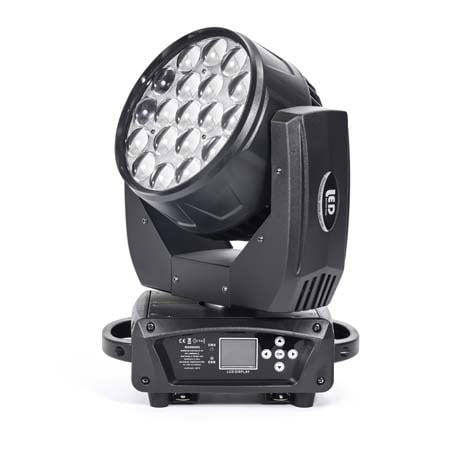





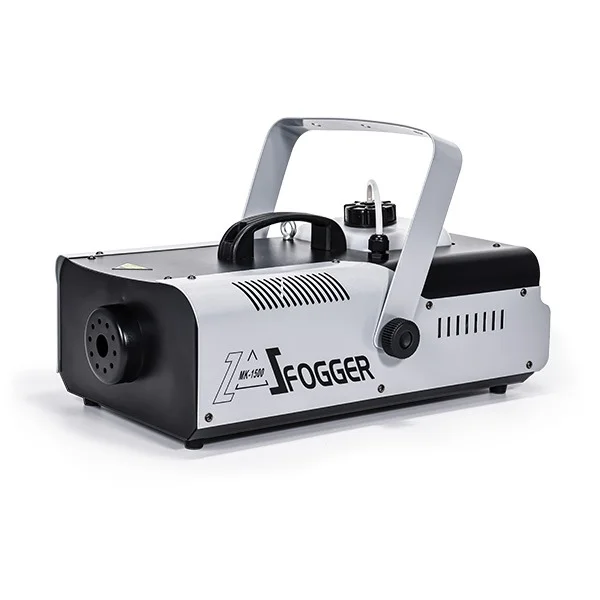
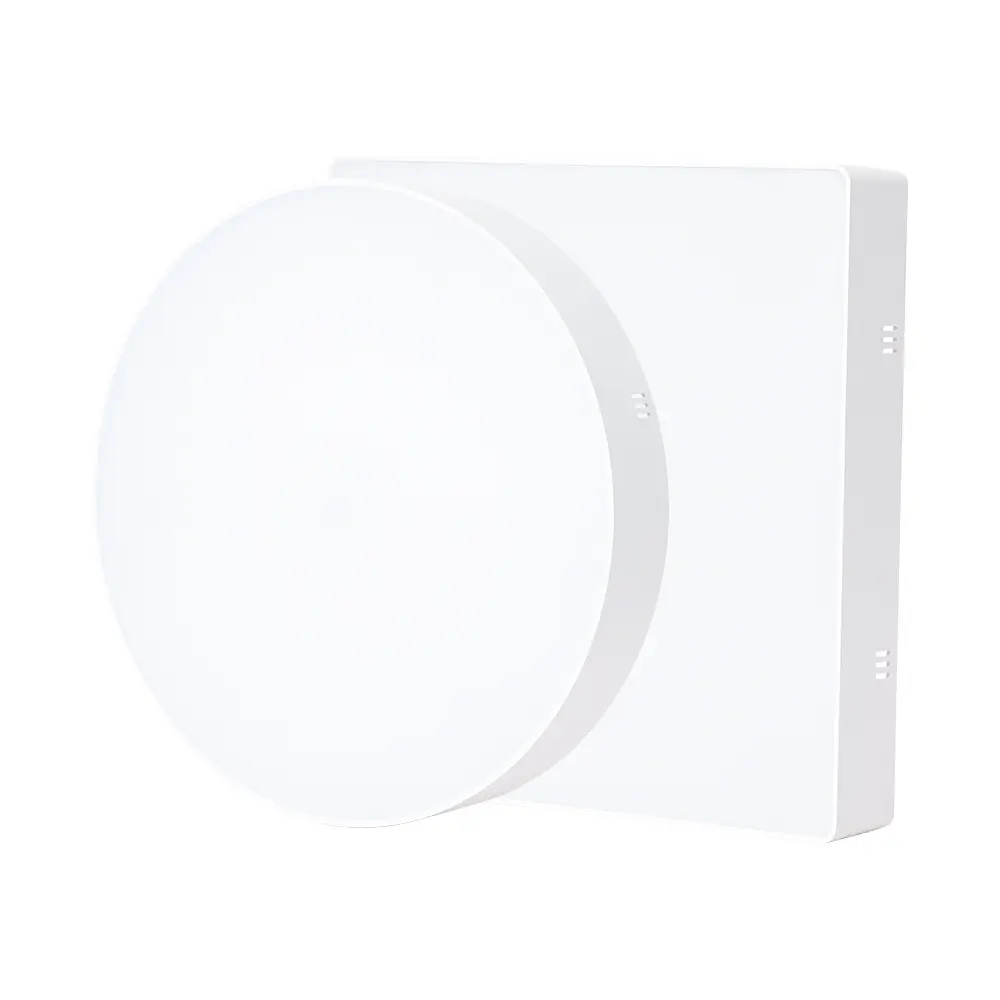

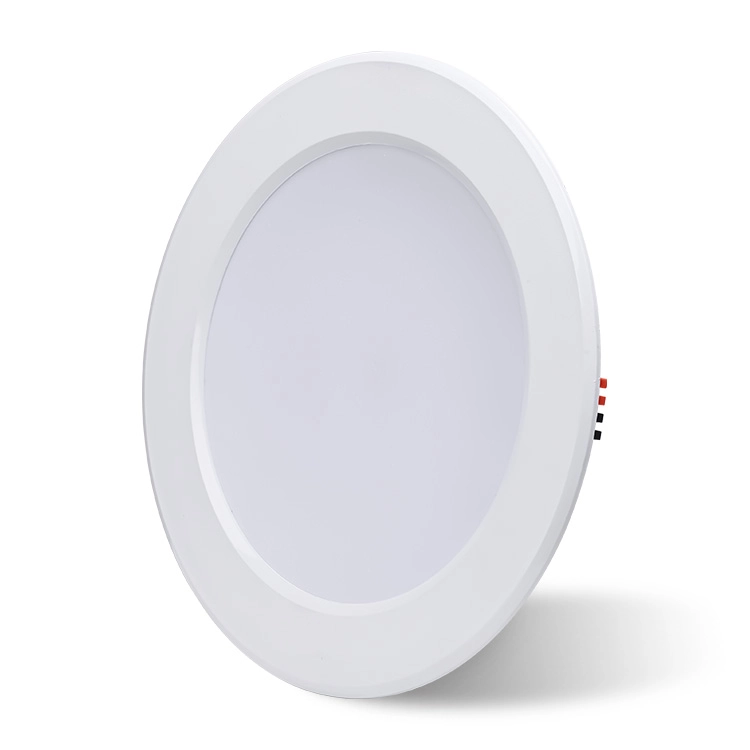
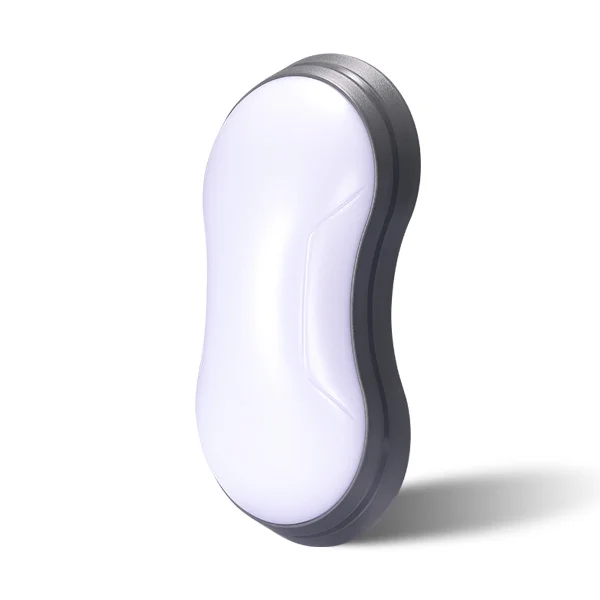

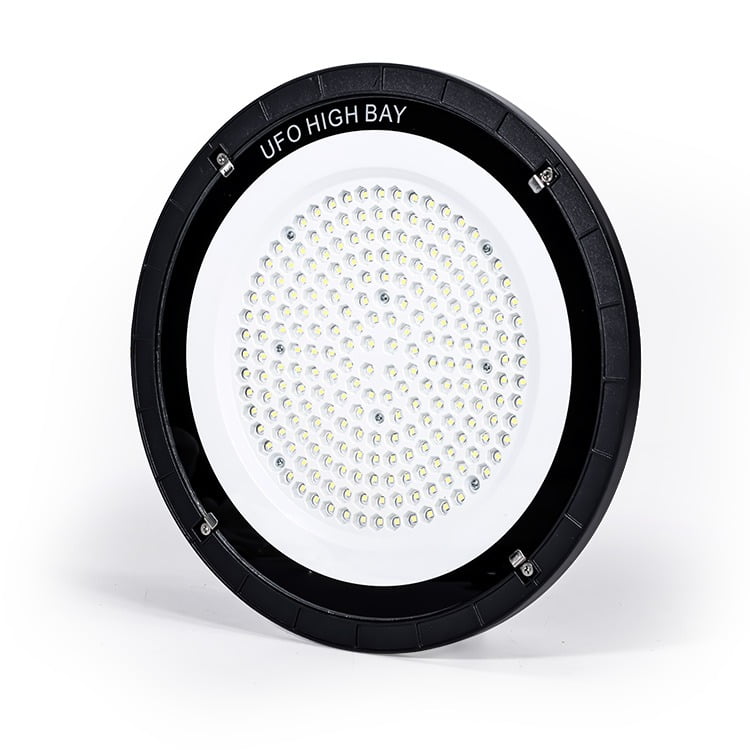
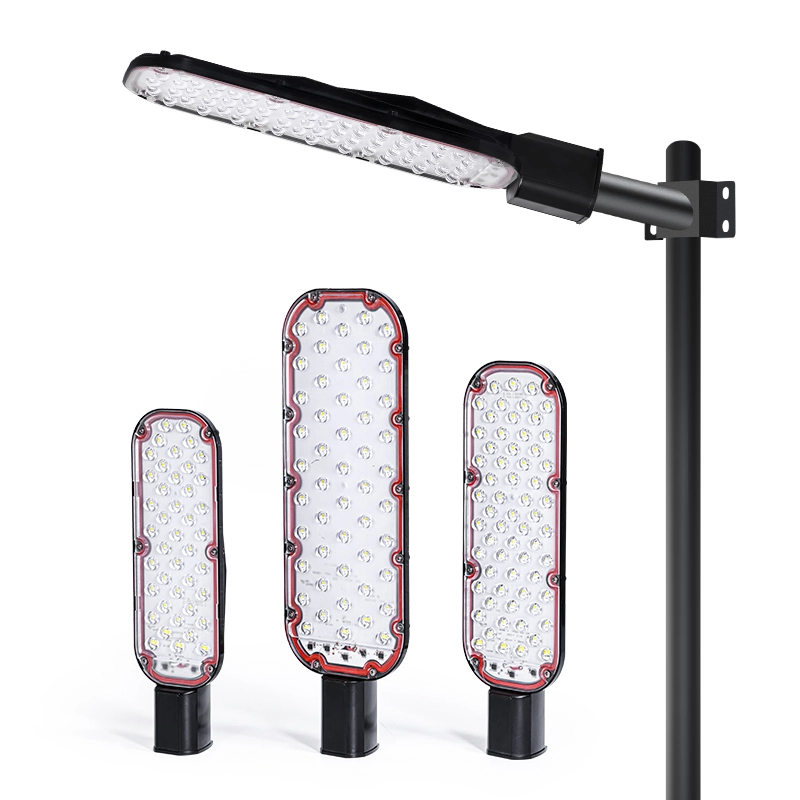

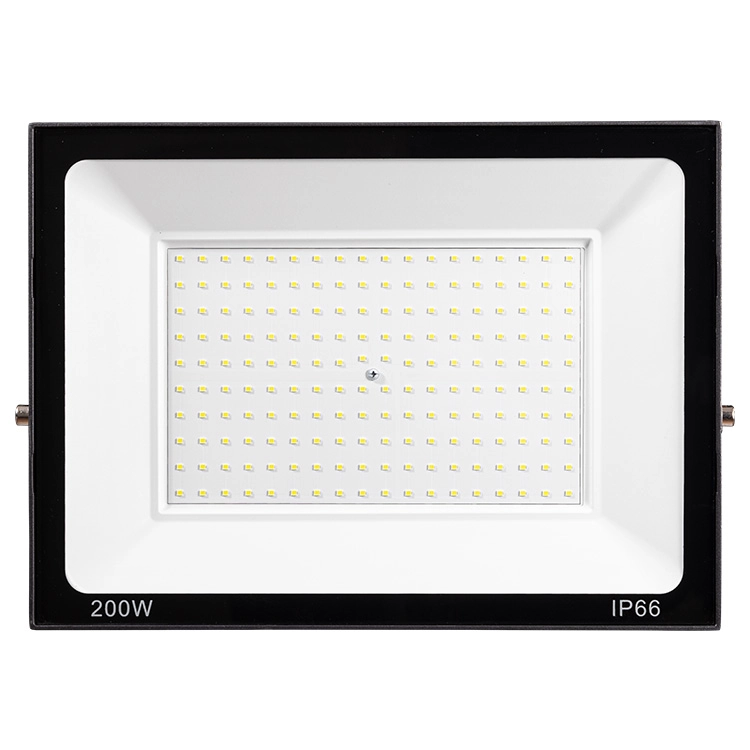
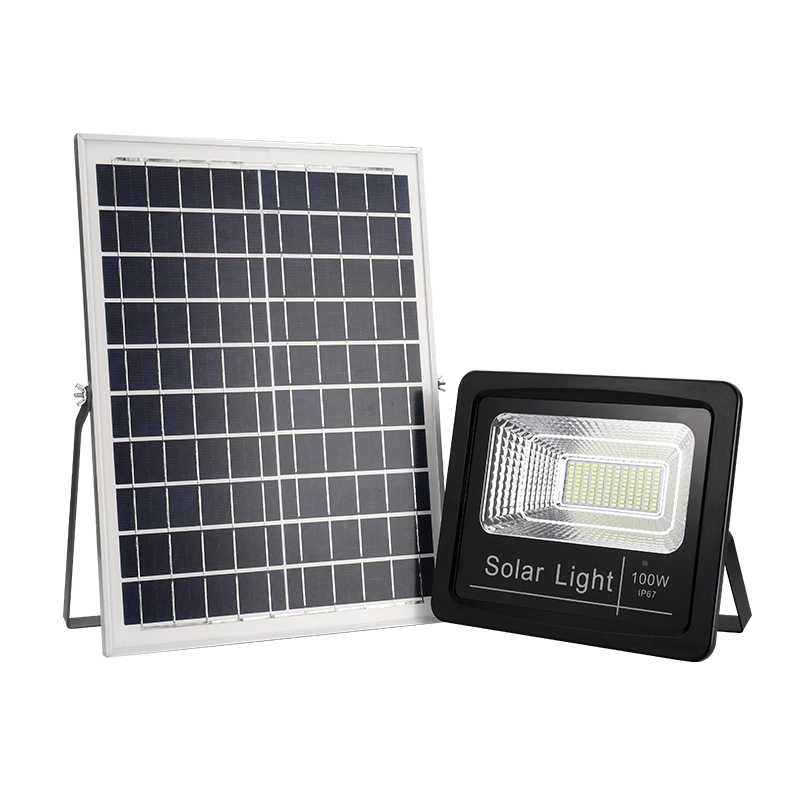

![led design ideas - 17 LED Design Ideas to Transform Your Home [February 2025] - Vorlane led design ideas - 17 LED Design Ideas to Transform Your Home [February 2025] - Vorlane](https://vorlane.com/wp-content/uploads/2025/01/led-design-ideas.webp)
![outdoor lighting ideas - 20 Brilliant Outdoor Lighting Ideas: Transform Yard [2025] - Vorlane outdoor lighting ideas - 20 Brilliant Outdoor Lighting Ideas: Transform Yard [2025] - Vorlane](https://vorlane.com/wp-content/uploads/2025/02/outdoor-lighting-ideas.jpg)
![disadvantages of led lights - Disadvantages of LED Lighting: Reveal Cost, Real Risk [2025] - Vorlane disadvantages of led lights - Disadvantages of LED Lighting: Reveal Cost, Real Risk [2025] - Vorlane](https://vorlane.com/wp-content/uploads/2025/01/disadvantages-of-led-lights.webp)
![Best LED Lights for Home - Best LED Lights for Home: Top Choices [2025] - Vorlane Best LED Lights for Home - Best LED Lights for Home: Top Choices [2025] - Vorlane](https://vorlane.com/wp-content/uploads/2025/01/Best-LED-Lights-for-Home.webp)
![beam angle calculator - Beam Angle Calculator – Simplify Lighting Calculations [2025] - Vorlane beam angle calculator - Beam Angle Calculator – Simplify Lighting Calculations [2025] - Vorlane](https://vorlane.com/wp-content/uploads/2025/01/beam-angle-calculator.webp)
![COB Light vs Panel Light - COB Light vs Panel Light: Understanding the Differences [2025 ] - Vorlane COB Light vs Panel Light - COB Light vs Panel Light: Understanding the Differences [2025 ] - Vorlane](https://vorlane.com/wp-content/uploads/2025/01/COB-Light-vs-Panel-Light.jpg)

![vorlane logo 2:1 for consent banner - 100% Best Guide to Color Temperature (Kelvin) [February 2025] - Vorlane vorlane logo 2:1 for consent banner - 100% Best Guide to Color Temperature (Kelvin) [February 2025] - Vorlane](https://vorlane.com/wp-content/uploads/2024/05/vorlane-logo-2_1-350x100.webp)